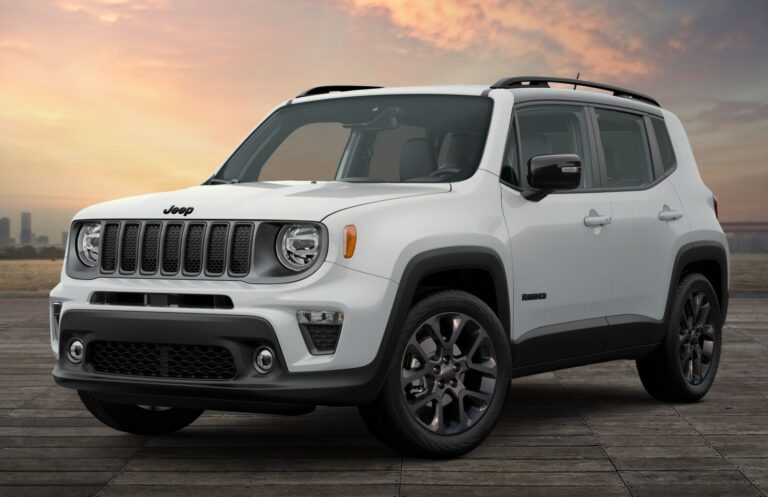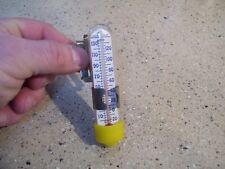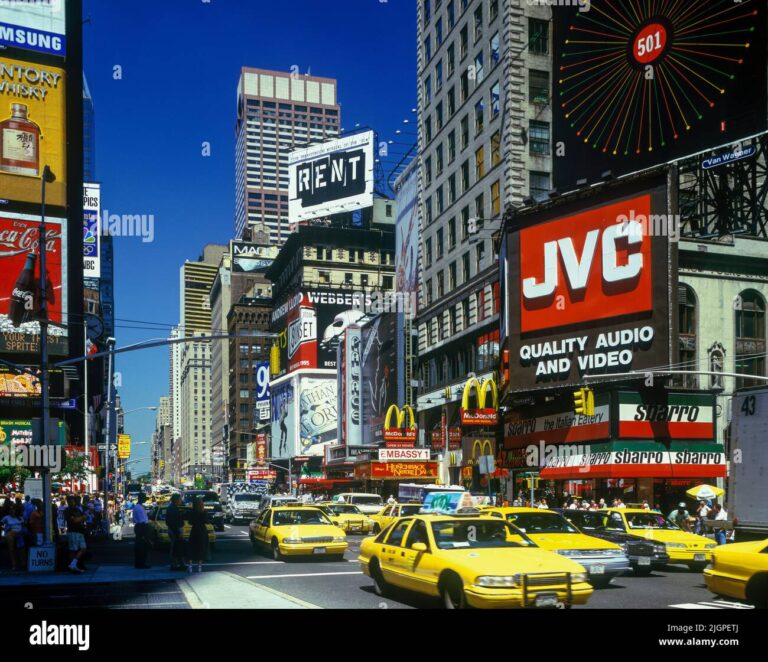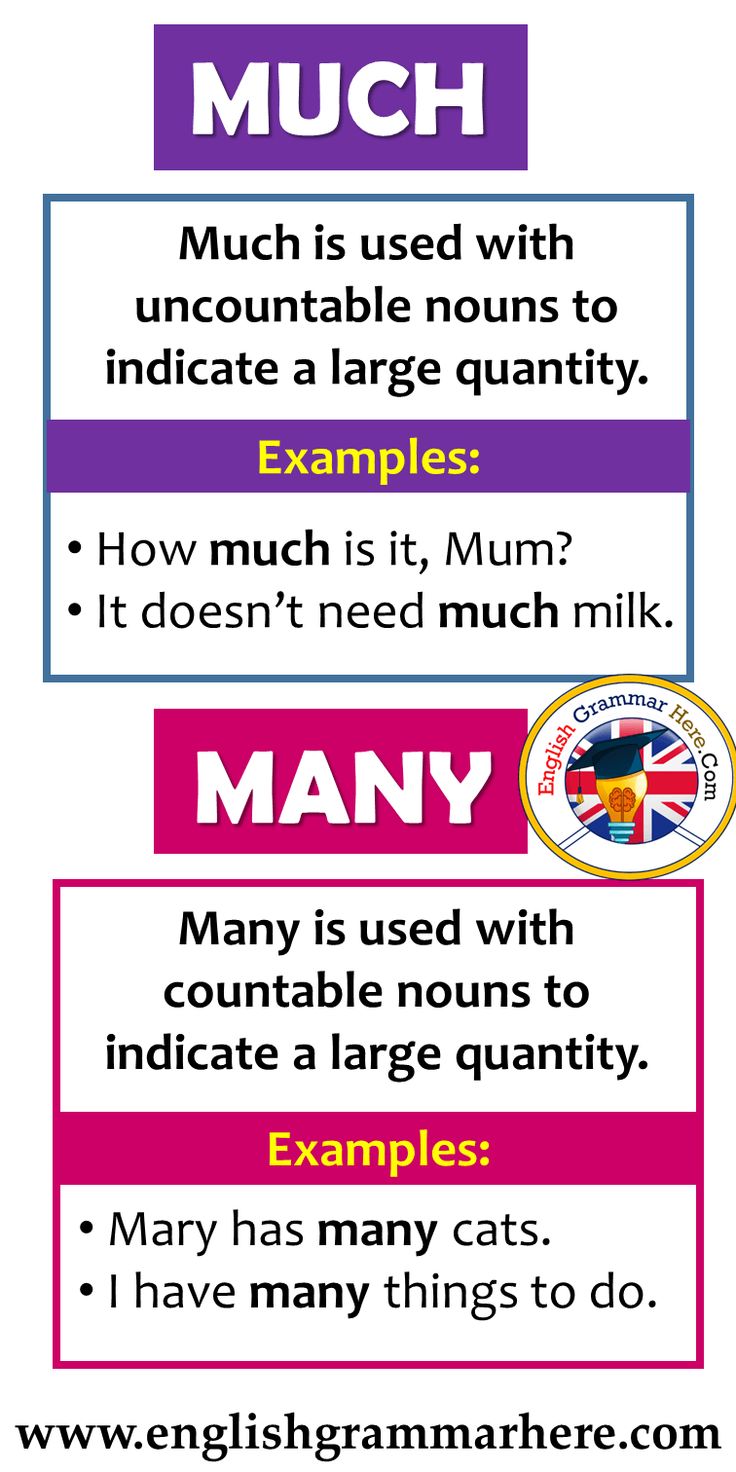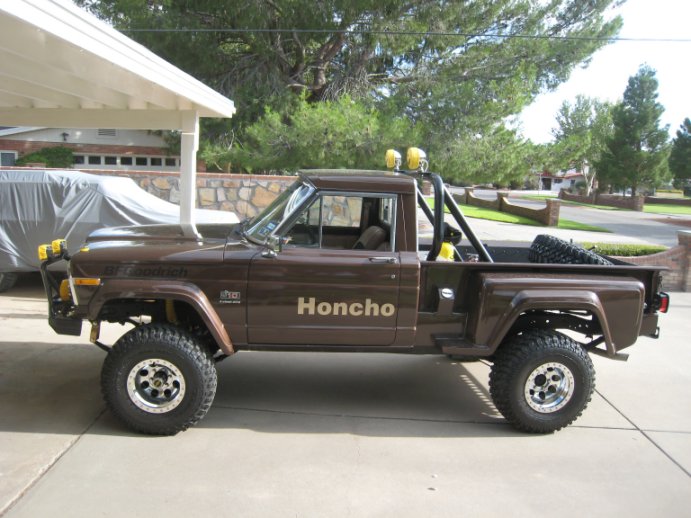Used 97 Jeep Wrangler For Sale: A Comprehensive Buyer’s Guide
Used 97 Jeep Wrangler For Sale: A Comprehensive Buyer’s Guide jeeps.truckstrend.com
The allure of a Jeep Wrangler is undeniable. It’s more than just a vehicle; it’s a statement of adventure, freedom, and an iconic piece of American automotive history. Among the various generations, the 1997 Jeep Wrangler, marking the debut of the revered TJ series, holds a special place in the hearts of enthusiasts and practical buyers alike. When you see a "Used 97 Jeep Wrangler For Sale" listing, you’re not just looking at a car; you’re looking at a potential companion for countless off-road escapades, a customizable canvas, and a vehicle known for its rugged durability.
This comprehensive guide is designed to equip you with all the essential knowledge required to navigate the market for a used 1997 Jeep Wrangler. From understanding its unique appeal to conducting thorough inspections and making an informed purchase, we’ll cover every aspect to ensure your journey into TJ ownership is as smooth and rewarding as possible.
Used 97 Jeep Wrangler For Sale: A Comprehensive Buyer’s Guide
Why a 1997 Jeep Wrangler? The Enduring Appeal of the TJ Generation
The 1997 model year was a pivotal one for the Jeep Wrangler, introducing the TJ generation which ran until 2006. This was a significant departure from its predecessor, the YJ (known for its square headlights), and a triumphant return to the iconic round headlights that are synonymous with Jeep. More than just aesthetics, the TJ brought significant mechanical improvements, most notably the shift from leaf springs to a more compliant coil spring suspension system. This change drastically improved ride quality, handling, and off-road articulation, making the TJ a superior choice for both daily driving comfort and serious trail performance.
Key features that make the 1997 TJ so desirable include:
- Coil Spring Suspension: This provides a smoother ride on pavement and better articulation off-road compared to earlier leaf-sprung models.
- Legendary Powertrain Options: The 4.0L inline-six (I6) engine is renowned for its bulletproof reliability, strong low-end torque, and ease of maintenance. A 2.5L four-cylinder was also available, offering better fuel economy but less power.
- Classic Jeep Aesthetics: The round headlights and traditional Jeep grille appeal to purists, blending classic looks with modern (for its time) engineering.
- Robust Frame: Built for durability, though prone to rust if not properly maintained, the frame provides a solid foundation for modifications and tough conditions.
- Vast Aftermarket Support: The TJ is one of the most supported Jeeps in terms of aftermarket parts and accessories, allowing for endless customization, from lift kits and larger tires to bumpers and winches.
- Strong Resale Value: Jeeps, especially Wranglers, hold their value exceptionally well, making them a wise investment for enthusiasts.

The 1997 TJ strikes an excellent balance between classic Jeep ruggedness and modern usability, making it an ideal choice for first-time Jeep owners and seasoned off-roaders alike.
What to Look For: Essential Inspection Points for a Used 1997 TJ
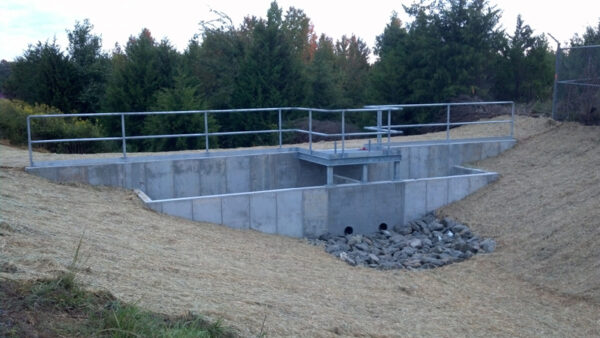
When considering a "Used 97 Jeep Wrangler For Sale," a thorough inspection is paramount. These vehicles are nearly three decades old, and their condition can vary wildly depending on how they were used and maintained.
1. Frame Rust: The Ultimate Deal Breaker
This is the most critical area to inspect. TJ frames are notorious for rusting from the inside out, especially in areas where salt is used on roads.
- Check: Pay close attention to the frame rails, particularly around the skid plate mounts, control arm mounts, and rear sections near the gas tank. Use a hammer to gently tap the frame; a solid thud is good, a hollow or crumbling sound indicates severe rust.
- Solution/Consideration: Minor surface rust is manageable, but extensive rot (holes, flaking sections) can render the vehicle unsafe and costly to repair, potentially exceeding its value.
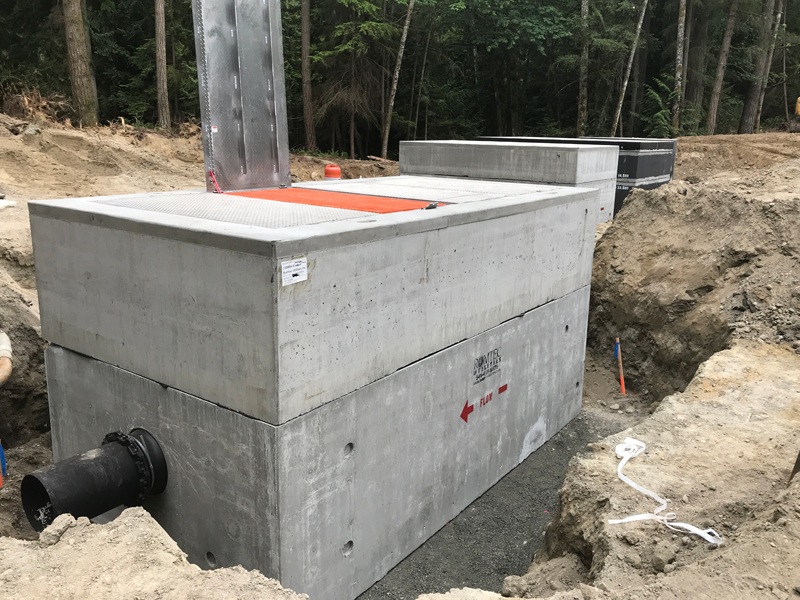
2. Engine & Powertrain Integrity
- 4.0L I6 Engine: Listen for unusual noises (knocks, ticks). Check for oil leaks (common areas: valve cover, rear main seal, oil pan). Inspect coolant for clarity and proper level. Ensure proper idle and acceleration during a test drive.
- 2.5L I4 Engine: Similar checks, though it will naturally feel less powerful.
- Transmission (Manual vs. Automatic):
- Manual: Check clutch engagement (shouldn’t slip), smooth shifts through all gears, and no grinding.
- Automatic: Fluid should be reddish, not burnt brown. Shifts should be smooth, without harsh jerks or delays.
- Transfer Case: Check for leaks around the seals. Ensure it engages smoothly into 4-High and 4-Low without excessive clunking or grinding.
- Axles & Differentials: Look for leaks around the differential covers and pinion seals. Check for excessive play in the U-joints on the driveshafts.
3. Suspension & Steering Components
The TJ’s coil spring suspension is a major selling point, but its components wear out.
- Bushings & Ball Joints: Look for cracks or tears in rubber bushings (control arms, sway bar links) and excessive play in ball joints.
- Tie Rod Ends & Drag Link: Check for looseness, which can contribute to "death wobble."
- Shocks: Look for leaks or excessive bounce.
- Lift Kits: If lifted, inspect the quality of the installation. Are components properly torqued? Are angles corrected (e.g., pinion angle)? Poorly installed lifts can cause issues.
- "Death Wobble": This violent shaking of the steering wheel at certain speeds is a common TJ issue. It’s usually caused by worn steering or suspension components (track bar, ball joints, tie rod ends) or improper alignment/tire balance. Test drive on varying road surfaces to check for this.
4. Body & Interior Condition
- Body Rust: Beyond the frame, check for rust on body panels, especially the rocker panels, wheel wells, tailgate hinges, and door sills.
- Soft Top/Hard Top: Inspect the soft top for rips, tears, and zipper functionality. Check the hard top for cracks or missing hardware. Look for signs of water leaks around door seals and the top.
- Interior Wear: Seats, carpet, and dashboard plastics can show significant wear. Check all gauges, lights, HVAC controls, and power windows (if equipped) for proper function.
- Floor Pans: Lift the carpet and check for rust in the floorboards, especially under the pedals and passenger footwell.
5. Modifications (Good vs. Bad)
Many TJs are modified. While some mods are beneficial (quality lift, heavy-duty bumpers), others can indicate hard use or poor workmanship. Assess the quality of installed aftermarket parts. Professional installation is always preferred. Be wary of overly complex or cheap modifications.
The Buying Process: Navigating the Market for a 1997 TJ
Finding the right "Used 97 Jeep Wrangler For Sale" involves more than just a quick glance.
- Where to Look:
- Online Marketplaces: Craigslist, Facebook Marketplace, AutoTrader, eBay Motors.
- Dedicated Jeep Forums/Groups: Often, enthusiasts sell well-maintained vehicles here.
- Local Dealerships: Less common for older TJs, but sometimes trade-ins appear.
- Setting a Budget: Beyond the purchase price, budget for:
- Pre-Purchase Inspection (PPI): Highly recommended, especially if you’re not mechanically inclined. A trusted mechanic can uncover hidden issues.
- Immediate Maintenance/Repairs: Fluids, filters, tires, or even minor rust repair.
- Insurance & Registration.
- Desired Upgrades: If you plan on lifting it or adding accessories.
- Test Drive Checklist:
- Drive at various speeds (city, highway).
- Test braking performance.
- Engage 4WD (if safe to do so, on loose surfaces).
- Listen for unusual noises (squeaks, rattles, clunks).
- Check for straight tracking and responsive steering.
- Negotiation: Be prepared to negotiate based on the vehicle’s condition, mileage, and any identified issues. Have cash or financing pre-approved.
- Paperwork: Ensure the title is clear and matches the VIN on the vehicle. Understand your state’s registration requirements.
Common Issues and Potential Solutions for a 1997 TJ
Even well-maintained 1997 TJs can exhibit common quirks. Knowing them beforehand helps.
- Frame Rust:
- Solution: For minor rust, rust converters and coatings can help. For moderate localized rust, welding in repair patches is possible. Severe rust often means the vehicle is a parts donor. Prevention is key: regular washing, especially the underside, and rust-proofing.
- Death Wobble:
- Solution: Usually indicates worn components. Start by checking tire balance and alignment. Then inspect the track bar (bushings, mounting points), ball joints, tie rod ends, and steering stabilizer. Replacing worn parts almost always resolves it.
- Oil Leaks (especially 4.0L I6):
- Solution: Common culprits are the valve cover gasket and rear main seal. While the rear main seal is a bigger job, both are well-documented repairs.
- Exhaust Manifold Cracks:
- Solution: A common cause of ticking noises. Can be replaced with an aftermarket header for better flow and durability.
- Water Leaks:
- Solution: Usually from worn door seals, soft top seams, or clogged cowl drains. Replacing seals or applying sealants can help.
- Electrical Gremlins:
- Solution: Older wiring can corrode. Check grounds, fuses, and connections. The instrument cluster can have issues; sometimes a simple tap or connection cleaning resolves it.
Ownership Experience: Living with a 1997 Jeep Wrangler
Owning a 1997 TJ is a unique experience. It’s not a modern SUV, but its character makes up for any perceived shortcomings.
- Maintenance: TJs are relatively simple to work on, and parts are readily available and often affordable. Regular oil changes, fluid checks, and lubrication of chassis components are essential.
- Fuel Economy: Don’t expect hybrid-like MPG. The 4.0L is robust but thirsty, typically yielding 15-18 MPG.
- Parts Availability: Excellent, both OEM and aftermarket. You’ll never struggle to find parts for a TJ.
- Community Support: The Jeep community is vast and incredibly helpful. Online forums, local clubs, and social media groups are invaluable resources for advice, troubleshooting, and camaraderie.
- Customization: This is where the TJ truly shines. From mild to wild, you can tailor your Wrangler to your exact needs and desires.
- The "Jeep Wave": Prepare to participate in this unique tradition where fellow Jeep owners acknowledge each other with a friendly wave. It’s a small but significant part of the ownership experience.
Practical Advice and Actionable Insights
- Be Patient: The right TJ might not be the first one you see. Take your time to find a well-cared-for example.
- Don’t Be Afraid to Walk Away: If a vehicle has major frame rust or undisclosed mechanical issues, it’s better to pass than to inherit a money pit.
- Budget for the Unexpected: Always have a contingency fund for immediate repairs or maintenance that might arise after purchase.
- Join the Community: Connect with other TJ owners. Their experiences and knowledge are invaluable.
- Learn Basic Mechanics: Understanding how your Jeep works will save you money and make you a more confident owner. TJs are great vehicles to learn on.
Price Table: Used 1997 Jeep Wrangler For Sale (Estimated Ranges)
Please note that these are estimated price ranges and can vary significantly based on geographic location, specific modifications, engine type, and the urgency of the sale. The market for TJs is quite dynamic.
| Condition Category | Estimated Price Range (USD) | Key Factors Affecting Price |
|---|---|---|
| Project/Parts | $2,000 – $5,000 | Significant frame rust, major mechanical issues, non-running, high mileage. Often requires extensive restoration. |
| Fair/Driver | $5,000 – $9,000 | Minor to moderate frame rust (repairable), cosmetic flaws, some maintenance required, higher mileage (150k+). Runs and drives but needs TLC. |
| Good/Solid | $9,000 – $14,000 | Minimal to no frame rust, well-maintained mechanically, average mileage (100k-150k), minor cosmetic wear. Ready to drive. |
| Excellent/Modded | $14,000 – $20,000+ | No frame rust, low mileage (<100k), significant and tasteful modifications (quality lift, upgraded axles, winch, etc.), meticulously maintained, clean title. Premium examples. |
Note: 4.0L I6 models generally command higher prices than 2.5L I4 models.
Frequently Asked Questions (FAQ) about the Used 97 Jeep Wrangler
Q1: Is a 1997 TJ a good daily driver?
A1: It can be, but it’s not like a modern car. It has a rougher ride, louder cabin, and lower fuel economy. However, its compact size and maneuverability make it good for city driving, and the coil springs offer a more comfortable ride than older Wranglers. It’s best suited for someone who appreciates its unique character and isn’t seeking luxury.
Q2: What’s the best engine for a 1997 TJ?
A2: The 4.0L inline-six (I6) engine is widely considered superior due to its robust reliability, abundant torque, and better performance, especially when larger tires or a lift are added. The 2.5L four-cylinder is more fuel-efficient but significantly less powerful.
Q3: How much does insurance cost for a 1997 TJ?
A3: Insurance costs vary widely based on your location, driving record, and coverage. Generally, older vehicles like the 1997 TJ can be less expensive to insure for liability, but comprehensive/collision might still be moderate due to its off-road capabilities and potential for customization. Get a quote before buying.
Q4: Are parts readily available for a 1997 TJ?
A4: Absolutely! The TJ generation is one of the most popular and supported Jeeps. OEM parts, aftermarket components, and used parts are all widely available, making maintenance and customization straightforward.
Q5: What’s the typical mileage to look for on a 1997 TJ?
A5: While mileage is a factor, condition and maintenance history are more important for a vehicle of this age. Many 4.0L TJs can easily exceed 200,000 or even 300,000 miles with proper care. A well-maintained 150,000-mile TJ is often a better buy than a neglected 80,000-mile one.
Q6: Can I lift a 1997 TJ?
A6: Yes, the TJ is incredibly popular for lifting and customization. A wide range of lift kits (from mild 1-inch to extreme 6-inch+ lifts) are available. However, be aware that lifting requires additional considerations like driveshaft angles, steering corrections, and potentially larger tires, which can impact ride quality and performance if not done correctly.
Conclusion
The appeal of a "Used 97 Jeep Wrangler For Sale" goes beyond mere transportation; it’s an invitation to a lifestyle of adventure and community. The TJ generation, with its improved ride, iconic looks, and legendary reliability, remains a highly sought-after vehicle. By understanding its unique characteristics, diligently inspecting key areas for potential issues like frame rust, and approaching the buying process with patience and informed caution, you can find a truly rewarding off-road companion.
While owning a 1997 TJ comes with its quirks and requires a certain level of hands-on attention, the joy of driving a classic, capable, and infinitely customizable vehicle far outweighs these considerations for many. With the right preparation, your journey into the world of Jeep ownership will be an adventure in itself.

